In today's fast-paced rhythm, where our lifestyles have changed drastically, we find ourselves tethered to desks and screens often at the expense of our physical well-being. This modern reality has made back pain as commonplace as the devices we depend on.
It’s a sad paradox, really. As our lives become more connected digitally, we become more disconnected from our natural posture and the movements that keep our bodies resilient.
Fortunately, yoga can help us fight back against these side effects. For some, this is enough to avoid back pain. Of course, we’re only effective if we follow our doctor’s recommendations and work on other aspects to help us cultivate healthier lifestyle habits.
Back Pain Causes + Poses to Help Alleviate Your Discomfort
Back pain is a widespread issue because the causes are varied, and it can be related to a range of factors, including lifestyle, age, injury or serious medical conditions.
When the pain is due to our lifestyle, such as prolonged sitting, bad posture, or strained muscles, we have more control over the issue and can engage in many different yoga styles to address the problem.
However, if the pain is caused by degenerative conditions, injury, physical trauma, or some underlying medical condition, we are more limited in our options. Because of this, consulting with a healthcare provider should always be your first course of action. In these cases, specific and supervised yoga is most effective as a complementary tool that supports your healthcare professional’s recommendations.
To avoid giving generalized advice that may be beneficial for some yet counterproductive for others, let’s discuss using yoga for back pain by considering the cause.

Poor Posture
Spending long hours in front of a computer, slouching, or consistently maintaining an improper posture can strain our back muscles and spinal ligaments, which, with time, can lead to back pain.
Yoga is an amazing tool for addressing issues caused by poor posture. It’s also generally safe, but if your poor posture has already led to intense pain, it’s best to consult a healthcare professional to exclude more serious conditions. Yoga is neither a cure-all nor a replacement for professional help.
Poses like tadasana (mountain pose) and bhujangasana (cobra pose) are gentle, yet quite effective for correcting your posture.
Recommended classes:
- Learn aligned posture basics in Julia’s tutorial on ‘Neutral Spine’
- David’s class for strengthening the upper back
- Melissa’s gentle class that teaches good posture essentials
- Tianne’s Yoga for a Strong, Healthy Spine
Sedentary Lifestyle
Similar to having poor posture, a lack of regular physical activity weakens the back muscles and the spine. This makes the body more prone to injury and pain, especially when we (finally) start to move or do some work around the house.
Yoga is the perfect recipe to prevent this. Practicing yoga can help us maintain strength and flexibility in the back muscles, counteracting the effects of a sedentary lifestyle. After all, doing a yoga class three to five times a week is considered an active lifestyle. Start by exploring gentle yoga styles such as hatha yoga, although something a bit more dynamic, such as Iyengar yoga, could also be a good fit.
There’s no need for a doctor’s consultation for preventive practices, but if you experience acute pain, always consult a professional to exclude more serious conditions.
Recommended classes:
- David’s whole-body hatha flow
- Josh’s gentle class for back mobility
- Nyk’s therapeutic sequence for a strong back
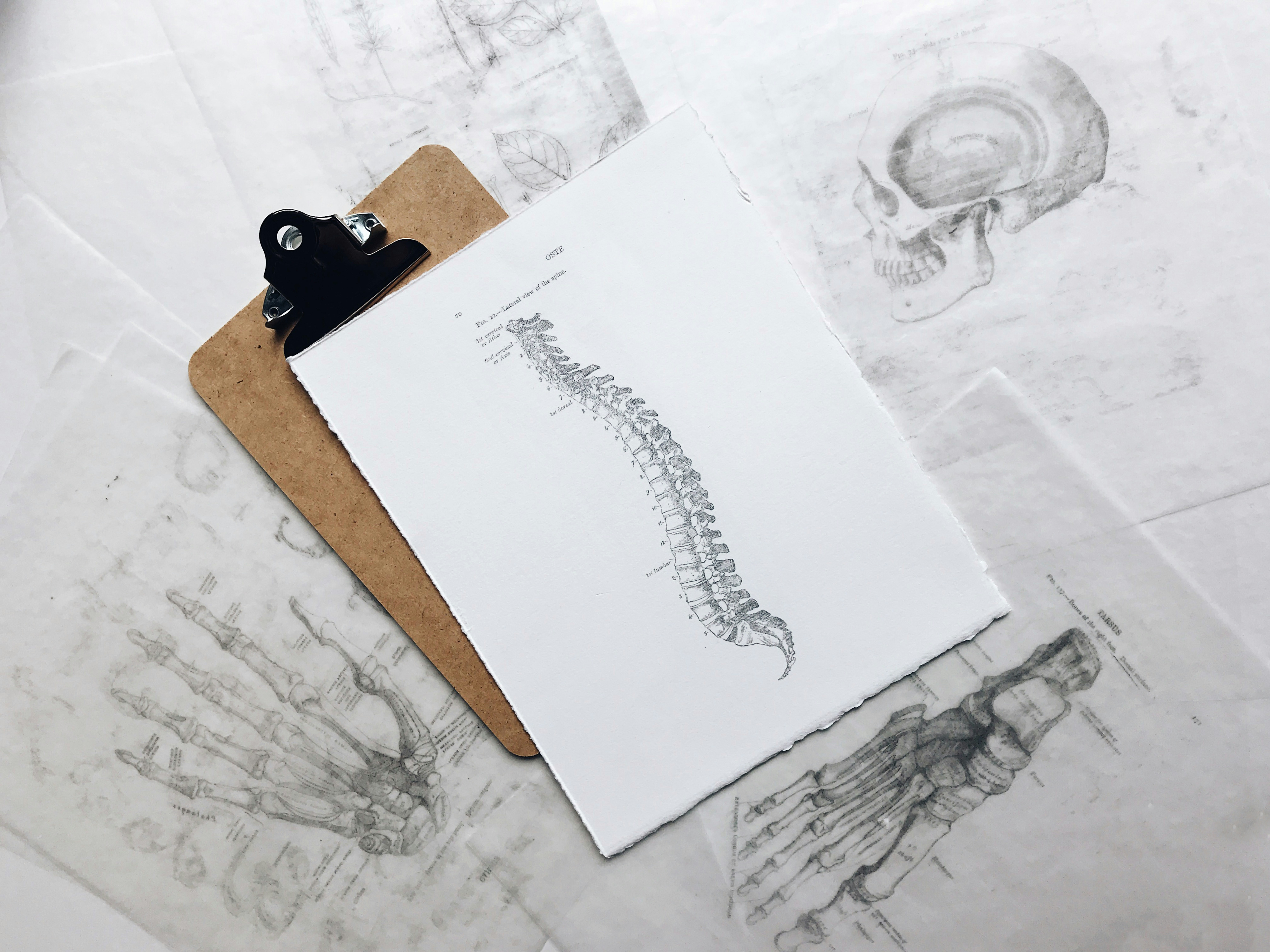
Overexertion
Unfortunate work conditions which include lifting heavy objects, standing or sitting for eight hours straight, or doing repetitive movements can lead to muscle strains or sprains in the back. The same applies to athletes, who can sometimes overdo it.
In such cases, gentle yoga practices focusing on relaxation and mild stretching can aid recovery. Yin yoga, which still can be intense but is great for releasing tension, or restorative yoga styles are particularly beneficial.
Recommended classes:
- Nyk’s yin class for tight shoulders and upper back pain
- Satyia’s restorative practice for the lower back
- Nyk’s intermediate yin class for spine health
Aging
As we age, we're more likely to experience back pain due to factors like decreased bone strength, diminished muscle elasticity, and reduced disc fluidity.
Yoga can help to counteract or at least slow down the effects of aging, and maintain body strength. The practice can be easily adjusted for aging individuals to address specific needs. Restorative and chair yoga can be safe and effective for seniors.
Recommended classes:
- Guy’s yoga for lifelong vitality
- David’s informational class on how to improve mobility safely
- Guy’s slow flow that will awaken your spine

Degenerative Conditions
Diseases such as arthritis (including osteoarthritis and rheumatoid arthritis) and degenerative disc disease are notorious for causing chronic back pain. They can be debilitating, and are usually more common as we age, which has an even bigger impact on mobility and quality of life.
For these conditions, yoga can help manage pain and improve function. It’s also wise to familiarize yourself well with your condition and choose a yoga professional with experience in that area.
Gentle yoga that emphasizes joint protection and alignment can be beneficial. Some studies provide support for Inyegar yoga and personalized programs.
Recommended classes:
- David’s gentle hatha class for osteoporosis
- Michelle’s class to open your shoulder and thoracic spine with a focus on arthritis
- David’s class on how to strengthen your joints safely
Injury or Trauma
Okay, this one is a bit more tricky. When there’s an acute injury or trauma we should rest to allow our body to recover. So, no exercise, including postural yoga, is recommended. However, once the body heals somewhat, we can slowly and gradually start introducing light exercise.
Also, I want to stress the importance of following the doctor’s advice and always consulting them before even thinking of rolling out the mat and doing some yoga. At the same time, it’s crucial to start with a qualified instructor who can support the rehabilitation process. Usually, yoga therapy is a good choice.
Recommended classes:
- Erica’s yoga therapy class for the whole body
- David’s hatha yoga therapy that focuses on the lower back
- Fiji’s dynamic yoga class for those who want to get back to the mat after an injury
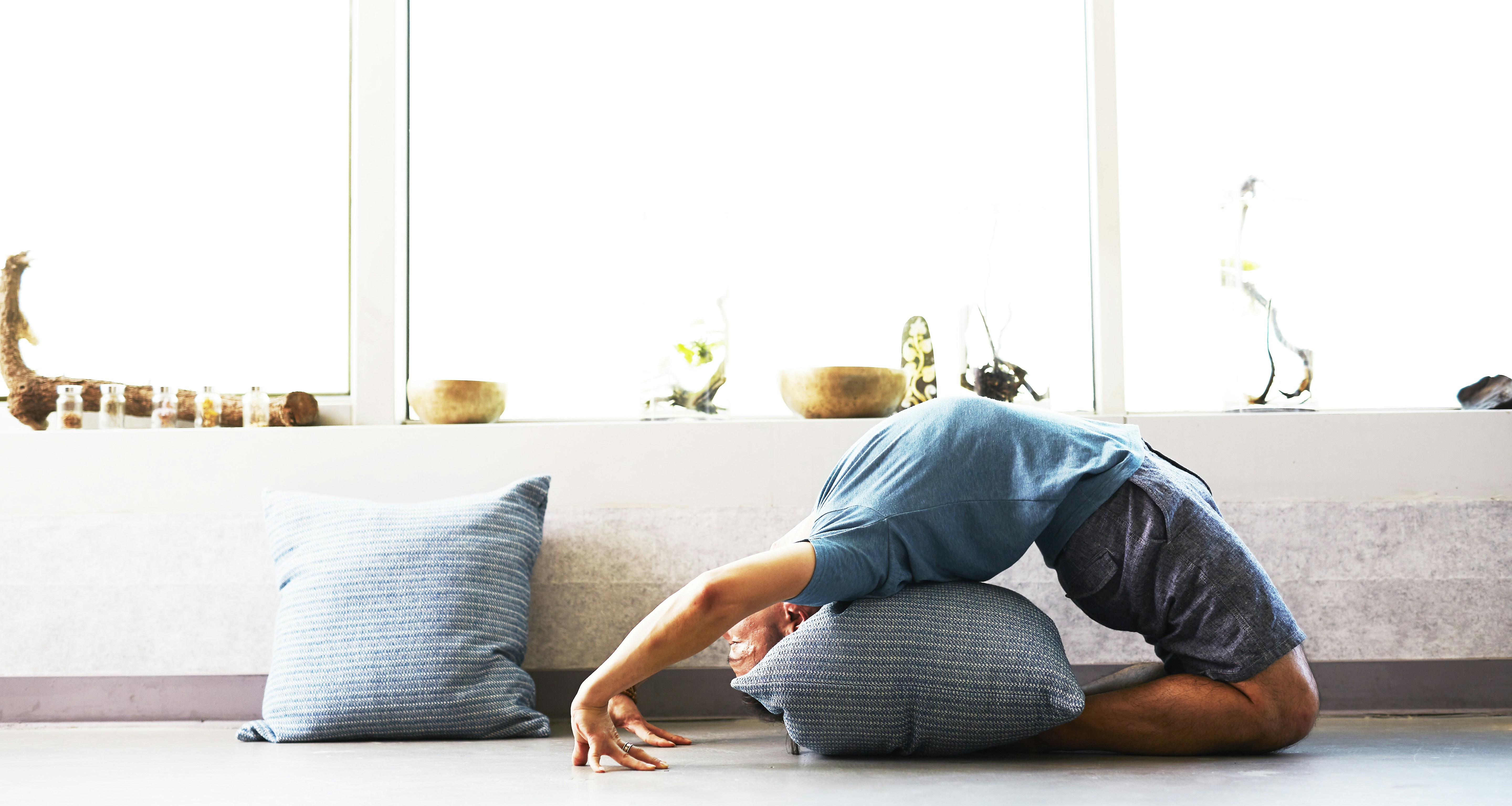
Sciatica
Sciatica is a condition where the sciatic nerve, which runs from the lower back down each leg, is irritated or compressed. This leads to pain that radiates from the lower back to the buttocks and legs.
Yoga can help alleviate sciatic pain by stretching and strengthening the lower back and legs. However, always practice with an experienced instructor because some poses can aggravate the condition. For instance, sitting and standing forward folds can sometimes cause further strain in the pelvis and lower back.
Gentle stretching classes that incorporate pigeon pose (for those who can tolerate it) and reclined hand-to-big-toe pose may help, but should be practiced with caution. For people suffering from sciatica, being really in tune with your body’s signals is vital. Avoid any pose that causes any type of pain.
Recommended classes:
- David’s beginner class for sciatica pain relief
- Sarah-Jane’s prenatal class for lower back and sciatica pain
- Ron’s hatha flow class focused on pelvic flexibility and health
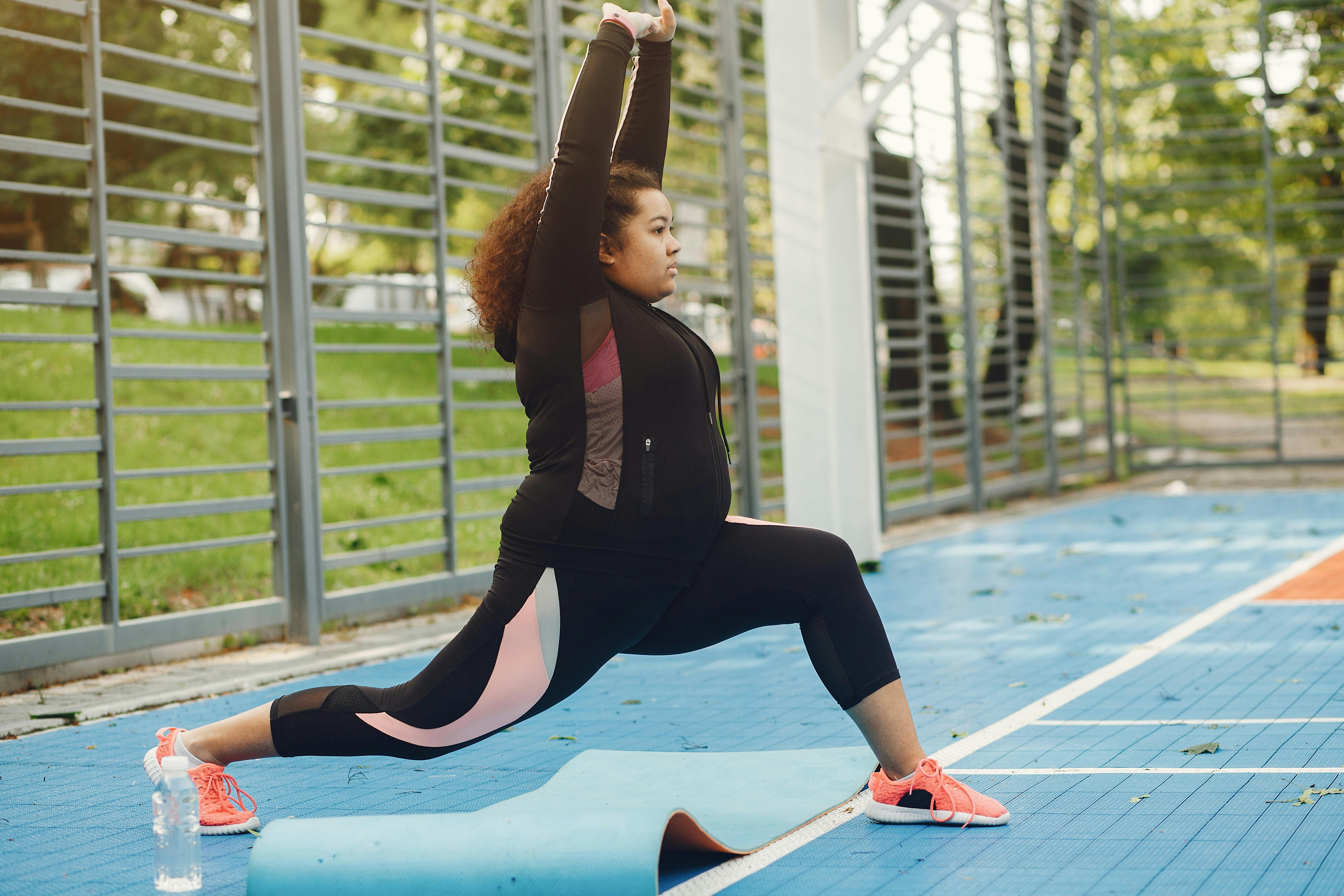
Pregnancy
The added weight in the belly and the shift in the center of gravity during pregnancy often leads to lower back pain, especially in the third trimester.
Yoga comes to the rescue, once again! Prenatal yoga is specifically designed for pregnant bodies to alleviate back pain and prepare for childbirth. However, it should be practiced under the guidance of a certified prenatal yoga instructor. Be extra careful if dealing with a complicated or high-risk pregnancy.
Recommended classes:
- Julia’s gentle prenatal class to help you take deep breaths
- Sarah-Jane’s prenatal class to help you release the spine
- Julia’s postnatal yoga class that will teach you how to support your posture
Underlying Medical Conditions
Sometimes, underlying medical conditions can lead to acute or chronic back pain. It’s not uncommon for cancer, kidney infections, or bone infections to manifest as back pain.
Once you have the green light from your doctor that yoga is safe and appropriate, you can start with some of our recommended classes. But, even then, each body reacts differently to the condition, so listening to the signals coming from inside should be a number one priority. Don’t push it and take it slow.
Depending on the cause, there are several practices you may want to try.
Recommended classes:
- Julia’s post-hysterectomy yoga class
- David’s guided meditations to help deal with cancer
- Tianne’s class for headaches and pain relief
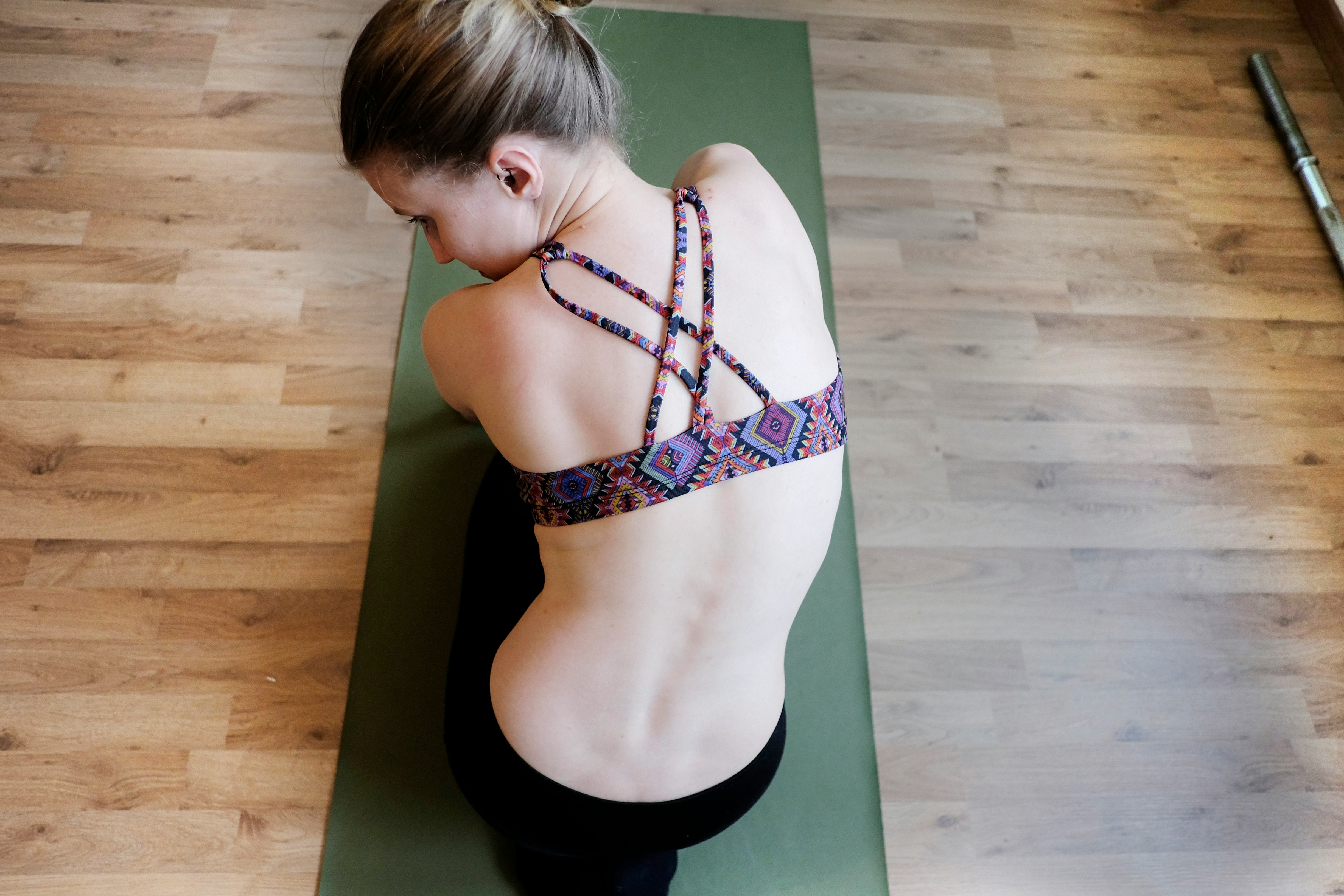
Psychological Stress
Finally, sometimes back pain is a result of psychosomatics, meaning, when we’re psychologically unwell, stressed, or anxious, we tense up our muscles and this manifests as pain in our body, commonly in the back.
Fortunately, yoga is also great for releasing stress, calming the mind, and keeping our emotions at bay. Practices including a gentle flow and meditations are usually most beneficial in these cases.
Recommended classes:
- Julia’s class will help you release your anger
- Tianne’s restorative class will help you release back tension
- Melissa’s slow class will help you relieve stress
- David’s class for anxiety promotes self-reflection and vulnerability
- Helen’s meditation helps find peace in your body
Tips to Protect Your Back On the Mat
As we roll out our mats and step into a place of hope that the practice will lead to relief, it's essential to remember that the journey should also be a path of kindness towards our bodies, especially our backs.
Here are a few tips to help you protect your spine on the mat.
Embrace the Support of Props
Just as we lean on friends for emotional support, we should rely on yoga’s props for back support. Blocks, straps, and bolsters can be a game-changer when it comes to accessibility and alignment, which is what makes or breaks the practice as an effective tool for back pain.
Props remind us that strength lies not in reaching the floor with our hands, but in respecting our body’s boundaries. Once we learn how to do that, we’ll begin to move more confidently, painlessly, and with strength.
Listen to Your Body: The Art of Not Forcing Ourselves
Whether we’re listening or not, our bodies always whisper what we need. So, it’s crucial to learn to identify these subtle cues. If you find yourself pushing a posture, pause and ask: "Is this serving me? Is this going to make me feel better?”
This self-awareness is the difference between aggravating a condition and helping your body heal faster. It’s a thin line, but one we all must learn to recognize and respect.
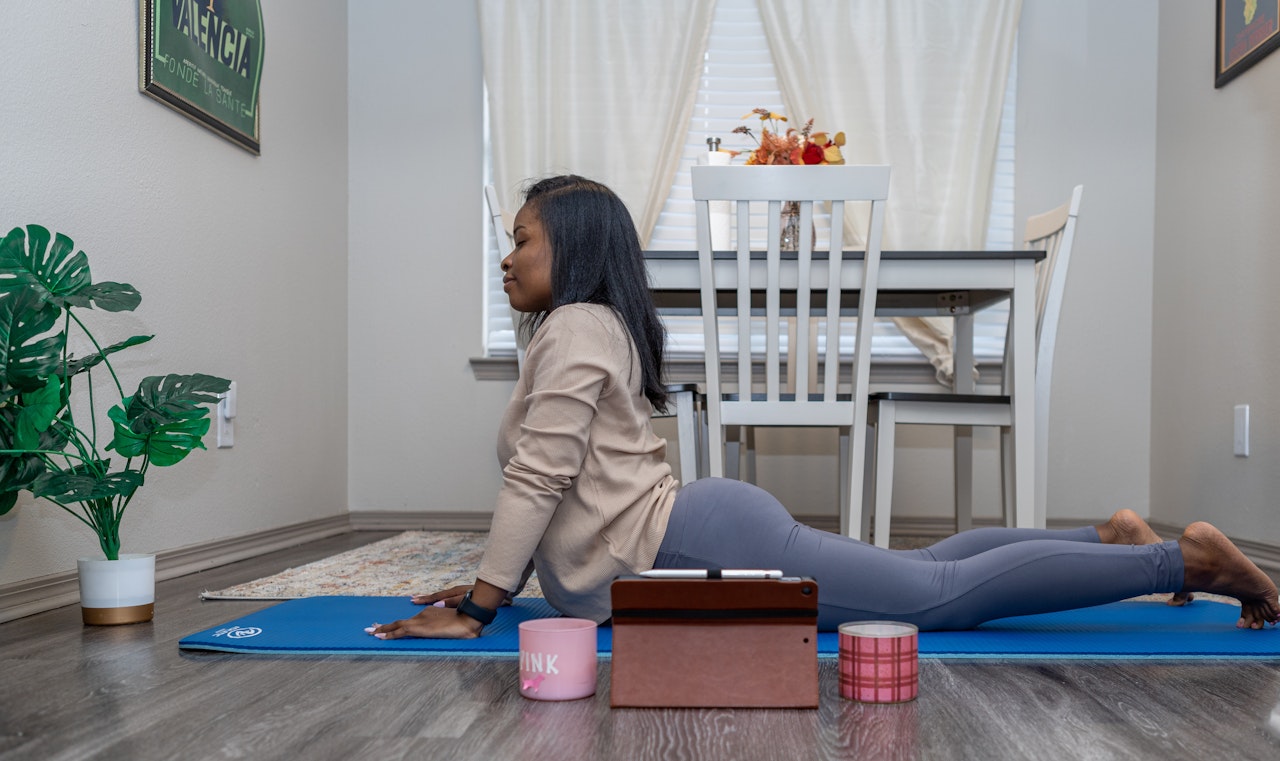
Seek Guidance for Modifications
Everybody is unique and has their own hills and valleys. When a pose feels like a stretch too far, it's a sign to seek alternatives. Be assertive and ask for modifications—it’s a sign of courage, not weakness.
Asking the teacher to help personalize the practice is especially important for those suffering from pain or any underlying condition. Oftentimes in our classes, the instructors offer modifications so that you can do the pose that’s best for you, not the pose that looks “the best.”
Don’t Forget to Breathe, or Else—You’ll Tense Up!
When the practice becomes a bit challenging, we usually flex our muscles to hold the pose a bit longer. While that’s not always wrong, it usually means that we’re also holding our breath, flexing, and just building internal pressure inside our body—different from holding our breath mindfully as part of the practice. Flexing our muscles for a prolonged period of time without bringing oxygen will make them even stiffer, which may aggravate our condition.
Plus, deep and rhythmic breaths are healing. It activates the parasympathetic system and helps us alleviate pain. So, don’t forget to be present and mindful in the practice by focusing on your breath.
Always Warm Up First
Diving headfirst into deep stretches or demanding poses without proper preparation is a recipe for disaster. In fact, it can very well be a recipe for back pain, rather than one that provides relief for it.
So, don’t be a rebel and take the time to warm up properly. It may seem boring, but it’s important. A thoughtful warm-up sets a strong foundation for a practice that is both fulfilling and safe.
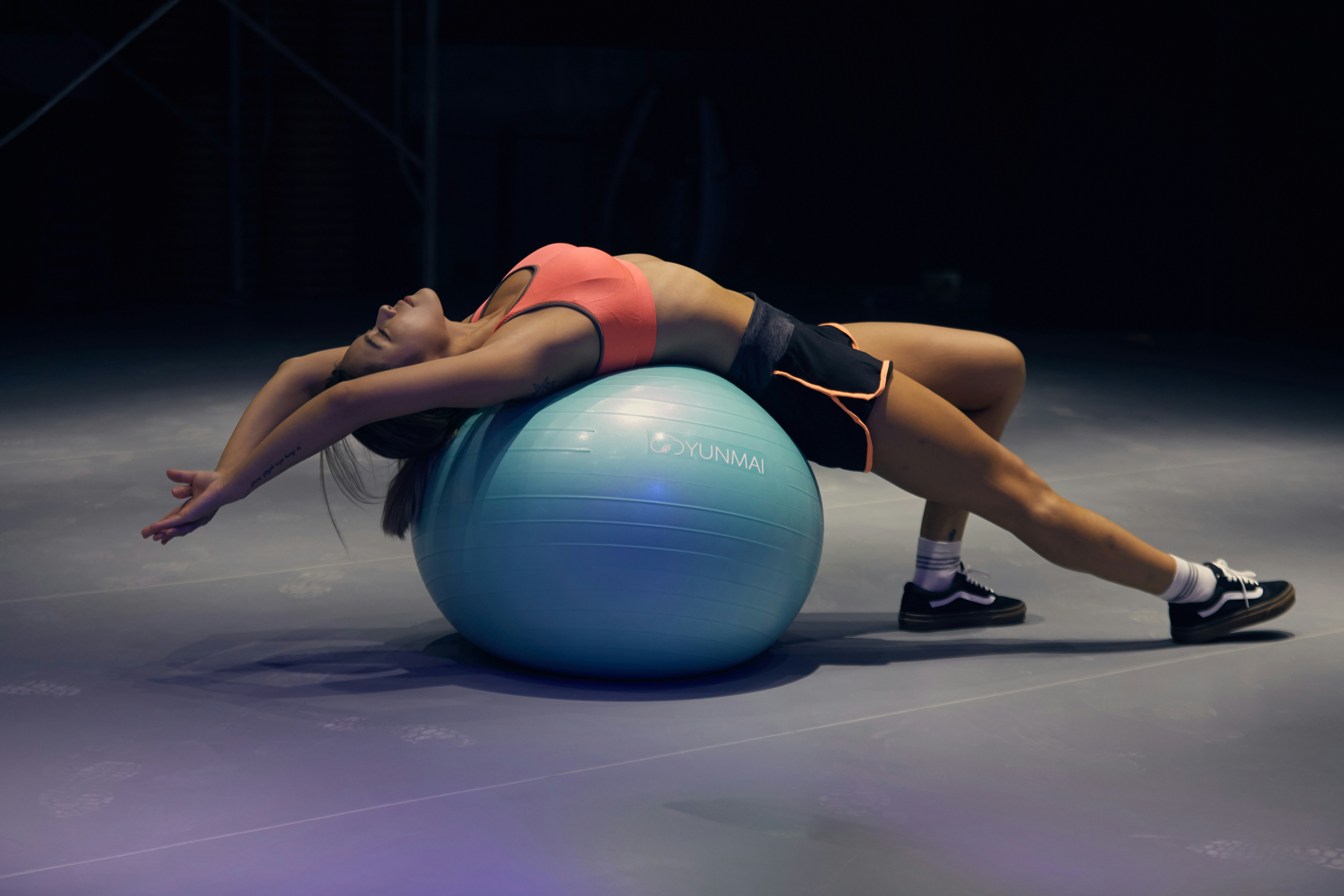
Move Safely to Relieve Back Pain
As we wrap this up, let’s get real about kicking off a yoga practice with back pain.
First step? Check with your healthcare provider if it’s okay and safe to start practicing. Some back issues, like a spinal fracture or a slipped disc, might mean yoga needs to wait until your body has healed first.
Got the green light? Awesome. Next, chat with your yoga instructor. Let them in on what’s up with your back so they can modify the poses and flow of the class to fit your needs. And hey, there are yoga classes out there designed specifically for individuals suffering from back pain. If you want to try one of our online classes, feel free to drop a comment below the video asking if the practice is appropriate for your condition.
Yoga incorporates bends, twists, and stretches that could be just what your back needs to feel better. However, for some, these twists and bends can make things worse. So, listening to your body and personalizing the practice is the starting point to a safe practice.



Comments
Existing Comments